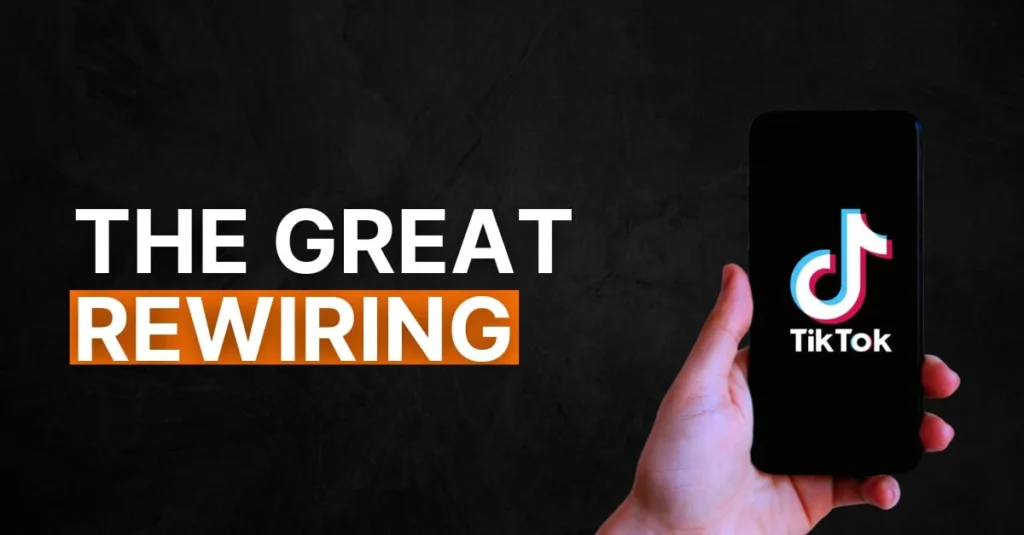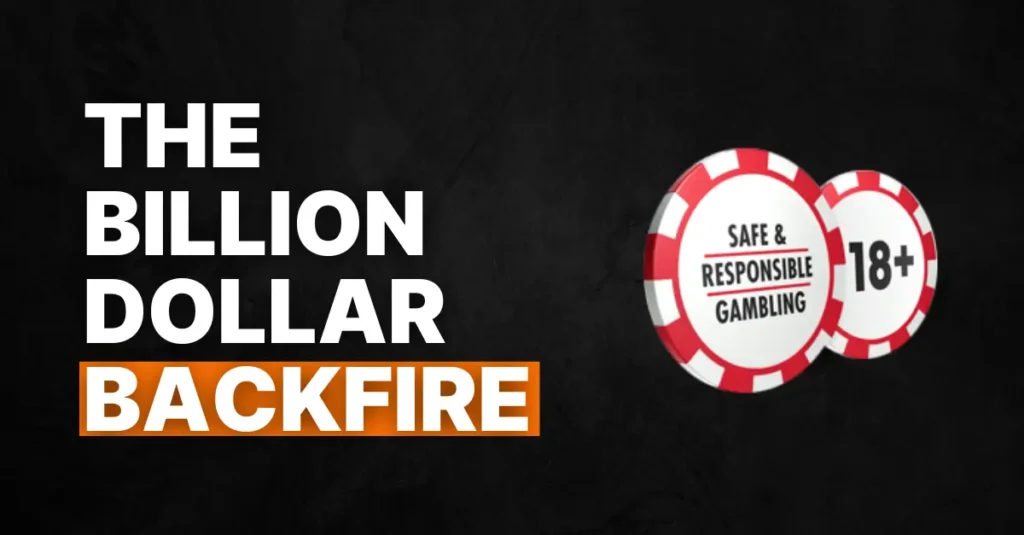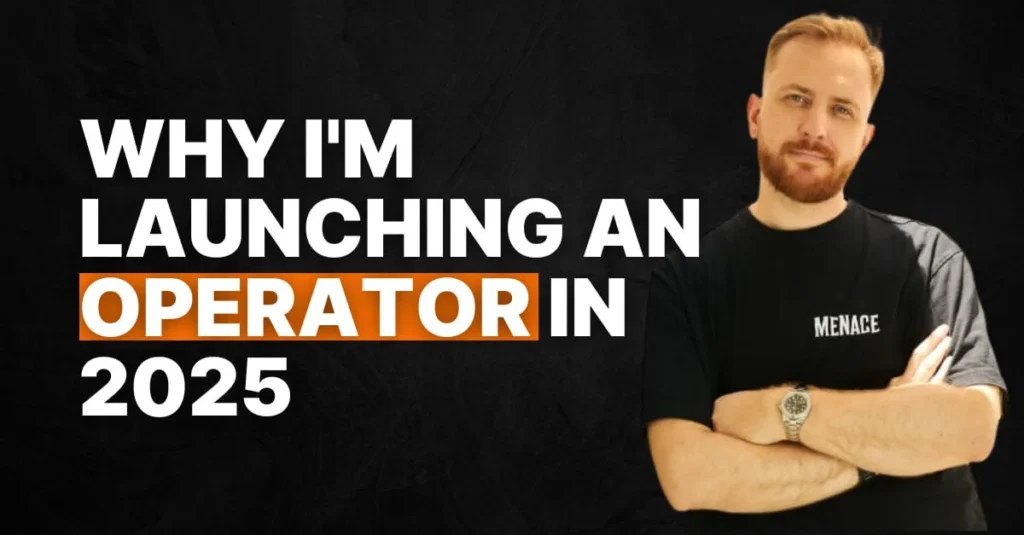Here’s something that’ll mess with your head: you can’t tell when you’re cognitively fatigued.
I know, I know. You’re thinking, “Of course I can tell when I’m tired.” But the 2025 MetaMotiF model, published in Trends in Cognitive Sciences, is pretty clear on this: cognitive fatigue isn’t transparently accessible via introspection. You don’t reliably know when your brain is running on fumes.
The only marker that actually works? Your economic choice patterns. When you start preferring low-cost options with short delays and minimal effort, that’s cognitive fatigue speaking. Not you being strategic. Not you being practical. Your depleted prefrontal cortex making the decisions.
A 2022 study in Current Biology tracked this. After 6 hours of demanding cognitive work, participants shifted toward these low-cost choices without realising it. Their pupil dilation during decision-making dropped, showing less effort investment. But here’s the thing… they didn’t feel more fatigued. They just made worse decisions.
There’s a PLOS ONE study that takes this further. After 60-90 minutes of demanding cognitive tasks, people’s economic preferences destabilised. They made inconsistent choices. Violated their own preference rules. Made decisions they’d regret later. All while feeling fine.
You know the famous judges study? Favourable rulings drop from 65% to nearly zero before breaks. The judges don’t notice this happening. They’re just doing their job, feeling normal, destroying people’s lives because they skipped lunch.
Every strategic decision you make late in the day is compromised. And you can’t feel it happening. That’s the problem with treating your personal operating model like it’s fine just because it feels fine.
McKinsey’s 2024 research shows leaders treat their management systems like ageing software, used daily, never updated. But what got you to your current role will systematically fail you in that role. And you won’t know until something breaks.
Why Your Productivity System Is Lying To You
Time-blocking doesn’t work for executives. I know everyone swears by it, but the research is clear on why it fails.
Six specific failure modes: It’s too rigid when your work demands flexibility. You underestimate task duration by 1.5x on average, creating constant schedule backlog. There’s no buffer for the interruptions that define executive work as 70% of leaders report frequent interruptions. It ignores your energy fluctuations throughout the day. Context switching costs you 25 minutes every time you’re interrupted. And your calendar is already saturated with meetings, so there’s nowhere to actually put the blocks.
But here’s the real problem: time-blocking assumes you have unlimited energy within those time blocks. You don’t.
The 2023 study in International Journal of Psychophysiology demolished the conventional wisdom about breaks. They tracked 18 people over 7 hours of office work, with 10-minute breaks every 50 minutes, which is the recommended hygiene standard. Mental fatigue still occurred. Cognitive efficiency still declined. Brain neural network activity was still suppressed. And get this, the effects didn’t fully recover after 4.5 hours of rest.
The interruption costs outweigh the benefits for complex work. You’re dipping in and out of tasks, overstimulating your brain, losing time re-engaging with cognitive processes. You become less efficient overall, not more.
Executive work is fundamentally different from knowledge work. You face a dual-focus paradox, simultaneously attending to long-term strategy and immediate operations. You can’t avoid the cognitive switching. Your decision volume is higher, each carrying organisational weight. You’ve got competing constituencies all demanding different things. And there’s a visibility tax. Your presence is expected at key moments, which can’t be delegated.
Mayo Clinic studied 1,954 corporate executives. The ones with higher resilience had 4-fold lower depression rates and 3-fold lower anxiety compared to lower-resilience peers. The difference wasn’t about working smarter. It was about managing the right variable.
Time is finite at 24 hours. Energy is renewable. If you’re managing time instead of energy, you’re optimising the wrong thing.
The Four-Driver Redesign That Actually Works
McKinsey’s framework has four interconnected drivers: priorities, roles, time, and energy. You need to redesign all of them together.
Priorities mean quitting aggressively. A toy company CEO known as a growth leader stopped attending innovation meetings for an entire year to focus on portfolio simplification. Freed up her team’s capacity for profit recovery.
Roles mean doing only work that only you can do. A professional services CEO eliminated all one-on-one performance discussions. Switched to reviews of 2-3 functional teams together. Freed up time, sparked debate, got creative ideas flowing, and removed himself as the bottleneck. His team learned from each other instead of waiting for him.
Time means being “tight but loose”, Naval Ravikant’s principle. Too busy to do coffee, but keeping an uncluttered calendar. An Asia-Pacific insurance CEO wakes at 5am, works out, then uses morning hours for uninterrupted focus. He blocks Tuesday afternoons for 3-hour deep problem-solving sessions. Takes 3-day travel blocks to maximise stakeholder time.
Energy is where it gets interesting. A European tech CEO found quarterly planning created havoc. After reviewing holidays and priorities, she organised work into seven-week periods that avoided summer breaks and year-end surges. Shifted from chaos to flow.
This connects to something Basecamp documented in their Shape Up methodology. Six-week cycles consistently outperform quarterly planning. Companies report shipping more in three 6-week cycles than in the entire previous years. Why? Long enough to build meaningful work, short enough to maintain urgency throughout. Humans can’t estimate beyond 6-8 weeks accurately anyway.
The Mayo Clinic data points to four protective factors: social connections, exercise (the best predictor of executive function), sleep (inadequate sleep makes leaders 10% less inspiring), and purpose. But passive recovery isn’t enough. You need mastery experiences… challenging off-work activities in different domains. The research shows these provide low psychological distress and high vigour during work.
Here’s your implementation roadmap. Week 1-2: Energy audit. Track your peak times and what drains you. Week 3-4: Redesign your calendar with categories, not tasks. Build in buffers. First 6-week cycle: Pick one significant project. Small team. Shield them from interruptions. Measure projects on time (target 90%+), stress levels, and shipping velocity.
Start with 2-3 key rituals, not wholesale change. Maybe it’s the morning deep work block. Maybe it’s the Tuesday afternoon protected time. Maybe it’s the 6-week cycle structure. But start.
The question isn’t whether to upgrade your operating system. It’s whether you’ll update proactively based on evidence, or wait until system failure forces reactive crisis management.



